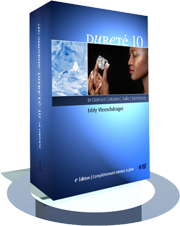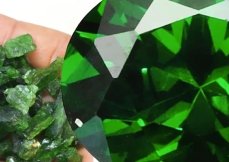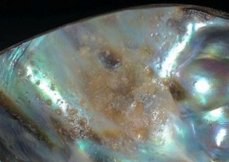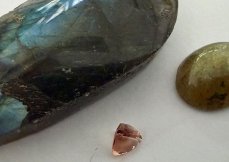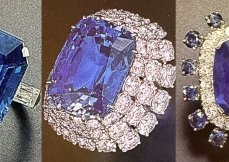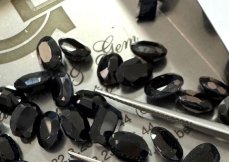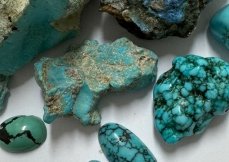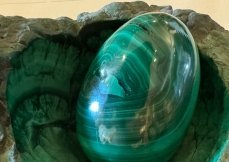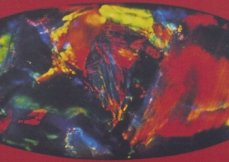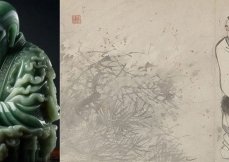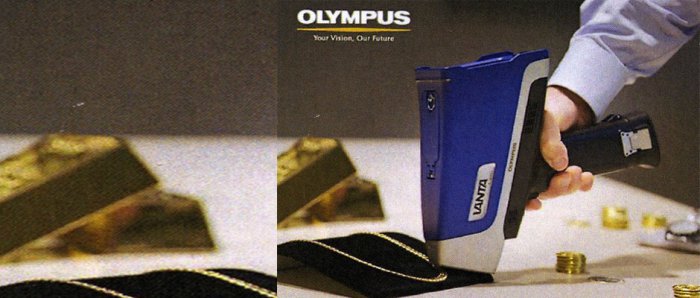
XRF ANALYSIS FOR JEWELLERS AND GEM ANALYSES | EN
XRF analysis is a non-destructive technique that takes advantage of the interaction between primary X-rays and material. X ray is also called Röntgen radiation, after the German scientist Wilhelm Conrad Röntgen, who discovered it on November 8, 1895. The name X was given because at the time of its discovery nothing was known about this physics phenomenon.
These fluorescent X-rays possess energies characteristic of each type of element, allowing for qualitative analysis using Moseley's law and quantitative analysis using the intensity (number of photons) of each X-ray energy.
X-ray fluorescence analysis can be thought of as spectrochemical analysis within an X-ray region. It has the same characteristics as atomic absorption spectrometry and optical emission spectrometry, except that the sample does not need to be dissolved in a solution to be analysed or in a plasma flame of 6000° to 9000°C.
This makes XRF very interesting for the analysis of gold jewellery, it is not destructive. In classical gold analysis, different types of acids are used. An onyx plate is used on which the jewel is rubbed, this results in a stripe on which a drop of liquid is applied; aqua regia.
Royal water is the liquid where gold can be tested for authenticity and content. It is a mixture of hydrochloric acid and nitric acid. It is therefore very poisonous and corrosive. It is therefore necessary to proceed with caution when working with aqua regia. Gold dissolves in aqua regia and by mixing the right proportions of hydrochloric acid and nitric acid one can use the aqua regia determine the content of a particular gold object. Aqua regia is available in different compositions to test gold objects for authenticity and content (carat gold). This method has been used for hundreds of years by traders, buyers, jewellers and goldsmiths to test gold jewellery for authenticity and quality in: 8 carat gold, 14 carat gold, 18 carat gold and 21.6 carat gold. With valuable jewellery, this system is destructive (slight damage), with XRF there is no damage and you also get the other metals that were processed outside the gold content.
There is also an electronic gold detector, Mizar, where the jewel is partially immersed in a liquid and where the content of the jewel is measured electrically.
But XRF certainly remains the best method for jewellery and for the identification of some gemstones. For those who do appraisal on all possible metal alloys, XRF is a very good solution, scientific analysis, user-friendly and portable (1.7 kg).
|
